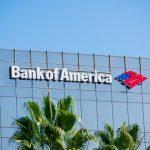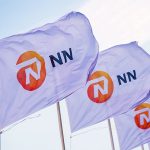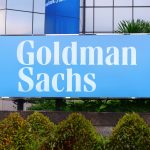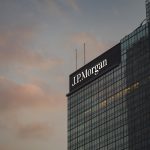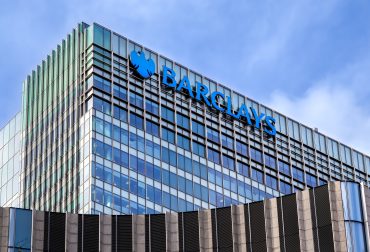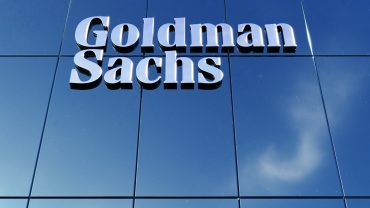
- Investing
Goldman Sachs Leads Banks with 33% Dividend Hike to $4
5 minute read

Bank dividend hikes accelerate shareholder returns as financial institutions demonstrate robust capital strength following stress tests
Key Takeaways
- Goldman Sachs raises dividend 33% to $4 per share quarterly, marking the largest increase among 15 portfolio holdings enhancing payouts in 2025 after passing Federal Reserve stress tests.
- Major banks boost shareholder returns as Wells Fargo increases dividend 12.5% to 45 cents, while JPMorgan announces $50 billion share repurchase program alongside dividend hike to $1.50.
- Banking sector shows capital strength with average common equity Tier 1 capital ratio of 11.6% following Fed stress tests, well above the 4.5% minimum requirement.
Introduction
Goldman Sachs and Wells Fargo shares surge to record highs following aggressive dividend increases that demonstrate the banking sector’s robust capital position. Goldman’s 33% dividend boost represents the largest among major financial institutions raising payouts in 2025.
The moves follow successful completion of Federal Reserve stress tests, enabling banks to return more capital to shareholders. Both institutions join a broader trend of enhanced shareholder returns across the financial sector.
Key Developments
Goldman Sachs elevated its quarterly dividend to $4 per share from $3, while Wells Fargo increased its payout by 12.5% to 45 cents from 40 cents. The announcements came after Tuesday’s market close following Federal Reserve approval.
JPMorgan Chase simultaneously announced a dividend increase to $1.50 per share from $1.40, coupled with a new $50 billion share repurchase program. Morgan Stanley’s board approved a $20 billion buyback program and raised its quarterly dividend to $1 per share.
Citigroup also participated in the dividend increases, raising its payout from 56 cents to 60 cents per share. The coordinated moves reflect industrywide confidence in capital adequacy and earnings stability.
Market Impact
Goldman Sachs shares rose 1.5% following the announcement, while Wells Fargo gained 1% in Wednesday trading. Both banks reached unprecedented highs during the session.
The Federal Reserve reduced Wells Fargo’s stress capital buffer from 3.8% to 3.7% and cut Goldman’s buffer from 6.2% to 6.1%. These reductions provide additional capital flexibility for shareholder returns.
Banking stocks collectively advanced as investors responded positively to the enhanced capital distributions. The sector’s performance reflects growing confidence in financial institutions’ resilience and profitability.
Strategic Insights
The dividend increases signal banks’ transition from post-crisis capital building to active shareholder value creation. Financial institutions now possess sufficient capital cushions to support both regulatory requirements and investor returns.
Banks averaged 11.6% common equity Tier 1 capital ratios following stress tests, substantially exceeding the 4.5% minimum threshold. This excess capital enables sustainable dividend growth and share repurchase programs.
The coordinated approach to capital returns demonstrates sector-wide confidence in earnings stability and regulatory clarity. Banks are positioning themselves for sustained shareholder value creation while maintaining prudent risk management.
Expert Opinions and Data
JPMorgan CEO Jamie Dimon stated, “The board’s intended dividend increase, our second this year, represents a sustainable level of capital distribution to our shareholders and is supported by our strong financial performance.”
Goldman CEO David Solomon emphasized regulatory improvements, noting, “The Federal Reserve has expressed its intention to institute a more transparent and fair approach to these tests, as it looks to uphold the safety and soundness of our financial system.”
According to CNBC, both institutions join numerous portfolio holdings raising investor payouts in 2025. The trend extends beyond banking, with 27 out of 30 major holdings distributing dividends.
Capital One maintains $15 billion in excess capital, representing approximately 11% of its market capitalization. Analysts expect the bank to announce enhanced shareholder returns later this year following its Discover Financial acquisition.
Conclusion
The banking sector’s aggressive dividend increases reflect strong capital positions and earnings confidence following successful stress test completion. Goldman Sachs leads the sector with its 33% dividend boost, while peers implement substantial increases and share repurchase programs.
These actions demonstrate the industry’s evolution from post-crisis capital accumulation to active shareholder value creation. Banks now possess the financial strength to support both regulatory requirements and enhanced investor returns while maintaining operational flexibility.
